Key Highlights
- Roofs that are lighter in color help save energy better than the darker ones because they bounce back sunlight, which means less heat gets absorbed. This helps keep your home’s temperature more constant.
- When it comes to roofing materials that do a great job at being efficient, metal or tile roofs stand out.
- How well a roof reflects sunlight matters a lot for keeping it cool when the sun is shining bright. The better it can reflect, the cooler your roof will be on those sunny days.
- For boosting energy efficiency, choosing light shades like white, light brown, gray blue or green for your roof is a smart move.
- The type of material you pick for your roof also plays into how energy-efficient it will be. Metal roofs and asphalt shingles are popular choices known for helping save on energy costs.
Introduction
When choosing a roof for your house, consider its style, material, and color. Lighter roofs are more energy-efficient as they reflect sunlight and keep your home cooler. Metal or tile roofs are excellent choices for energy savings. Learn about the best roof colors and materials to reduce energy costs and environmental impact in this blog post. Explore insulation and airflow factors for optimal efficiency and decide if investing in an eco-friendly option is worth it for long-term comfort and savings.
The Science Behind Roof Color and Energy Efficiency
The color of your roof isn’t just for looks; it’s crucial for how energy efficient your home is. This comes down to the science of how much heat a roof can soak up or bounce back. Roofs with lighter colors are better at reflecting solar radiation, which means they don’t get as hot as darker roofs do.
Understanding How Colors Affect Heat Absorption
On a sunny day, think about how you feel when you wear a dark shirt. The dark color soaks up more sunlight and makes things warmer. This idea isn’t just for clothes; it works the same way with roofs too. Roofs that are darker in color pull in more sun and get hotter, whereas those with lighter colors bounce back more sunlight, keeping them cooler.
Reflectivity and Its Impact on Roof Temperature
Reflectivity plays a crucial role in keeping the roof temperature down. When a roof has a high reflectivity rating, it means it can bounce back more of the sun’s rays, helping to keep things cooler underneath. This becomes especially vital on days filled with bright sunshine when roofs get bombarded with solar radiation. By having what’s known as a cool roof, which is just another way of saying your roof has great reflectivity, you’re able to cut down on how much heat gets into your building. This helps in keeping indoor spaces at a pleasant temperature without working your cooling systems overtime.
Top Energy-Efficient Roof Colors for Your Home
With our grasp on how roof color impacts energy efficiency, we can dive into the best colors for an efficient roof. Opting for lighter shades like white, light brown, light gray, light blue, and light green is a smart move because they’re really good at bouncing back solar radiation instead of soaking it up. This means less heat gets absorbed by your home, keeping it cooler and saving on energy costs.
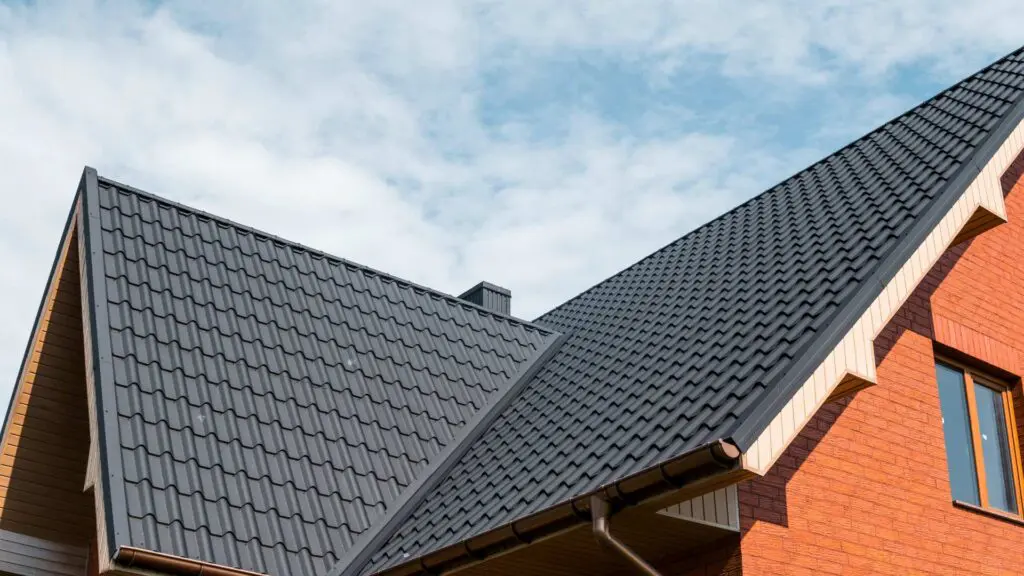
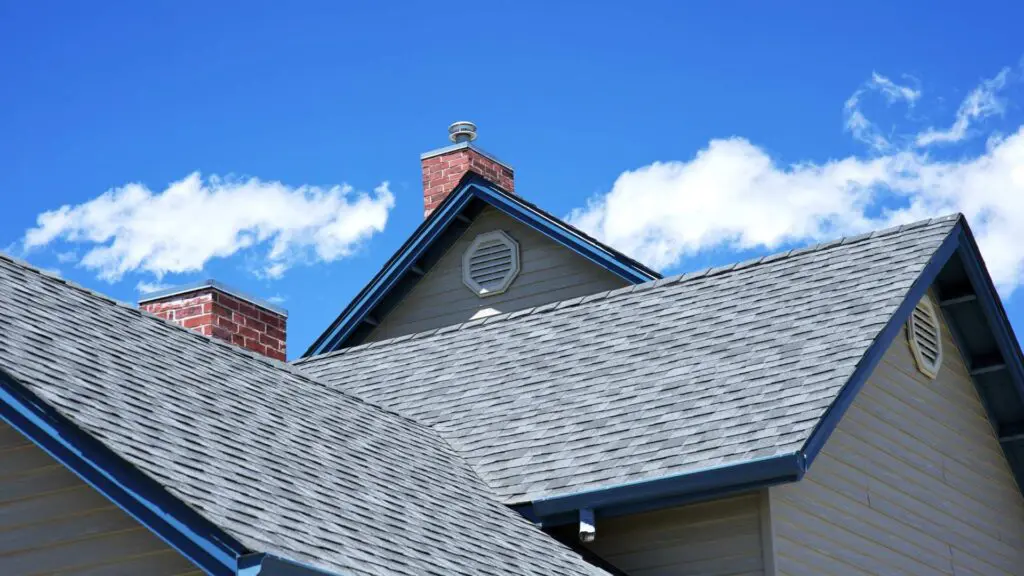
Light vs. Dark Roof Colors: Which Is More Efficient?
When talking about saving energy, roofs that are light in color tend to do a better job than those that are dark. Here’s why:
- With lighter roofs, more of the sun’s rays bounce off instead of getting absorbed, keeping your house cooler.
- On the other hand, darker roofs soak up more from the sun and make your home warmer inside.
- By reflecting sunlight away, light-colored roofs help you save on cooling costs which means lower electricity bills.
Even though choosing a roof with good energy efficiency is smart, it’s also key to pick something that looks nice on your home and fits what you like. So when picking out a roof color, think about both how much energy it can save you and how great it will look.
Innovative Colors and Materials for the Best Energy Savings
Besides the usual roof colors, you can now find cool roofing materials that help save on energy bills. These options are made to reflect more sunlight and come in various colors to match how your home looks. So, by picking these new kinds of roofs, homeowners get the double benefit of cutting down on energy costs while also making their house look great.
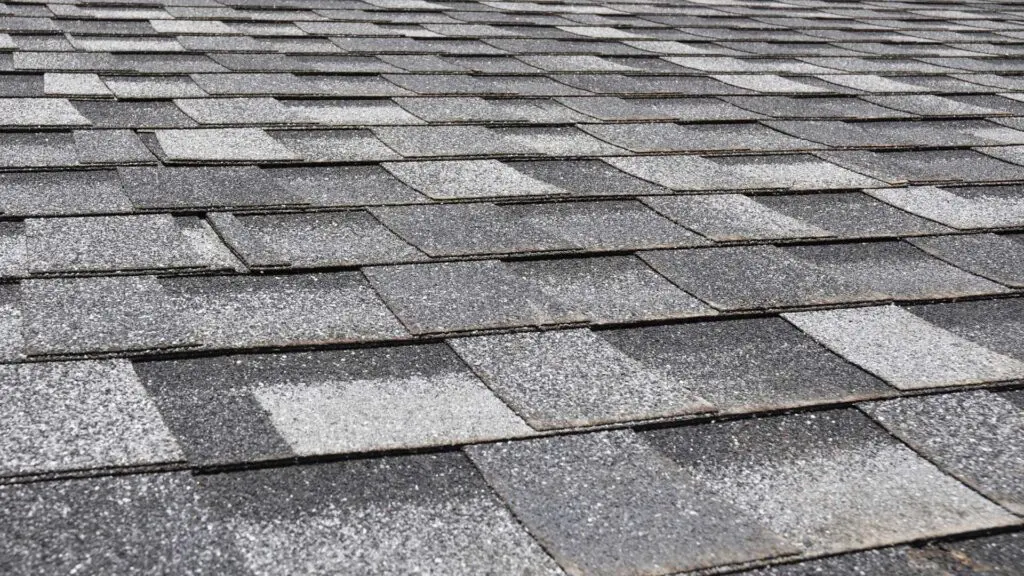
Material Matters: Pairing Color with the Right Roofing Material
When thinking about roofs that save energy, it’s not just the color you should worry about. The type of material used for the roof matters a lot too. Different materials can either soak up or bounce back heat differently because they have their own ways of dealing with light and warmth. To really make your roof work best at saving energy, picking both the right color and the suitable roofing material is key. This way, you get to keep your house cooler or warmer as needed while also making sure it looks good.
Metal Roofs: A Cool Choice for Warmer Climates
In places where the sun really beats down, metal roofs are a smart pick. They’re great at bouncing back solar radiation which helps keep houses cooler. This is why folks in hot areas often go for metal roofs when they want their homes to be more energy-efficient. On top of that, these roofs last a long time and don’t need much looking after, so they end up saving money over the years.
Asphalt Shingles: Energy Efficiency on a Budget
Asphalt shingles are a popular choice for roofing in houses because they’re kinder to your wallet compared to other materials. Even though they don’t save as much energy as metal roofs, picking them in lighter shades can still help you cut down on energy costs. This is because the lighter colors reflect more sunlight away from your home. So, when thinking about using asphalt shingles and aiming for better energy efficiency, it’s crucial to go for those with higher reflectivity ratings by choosing lighter hues.

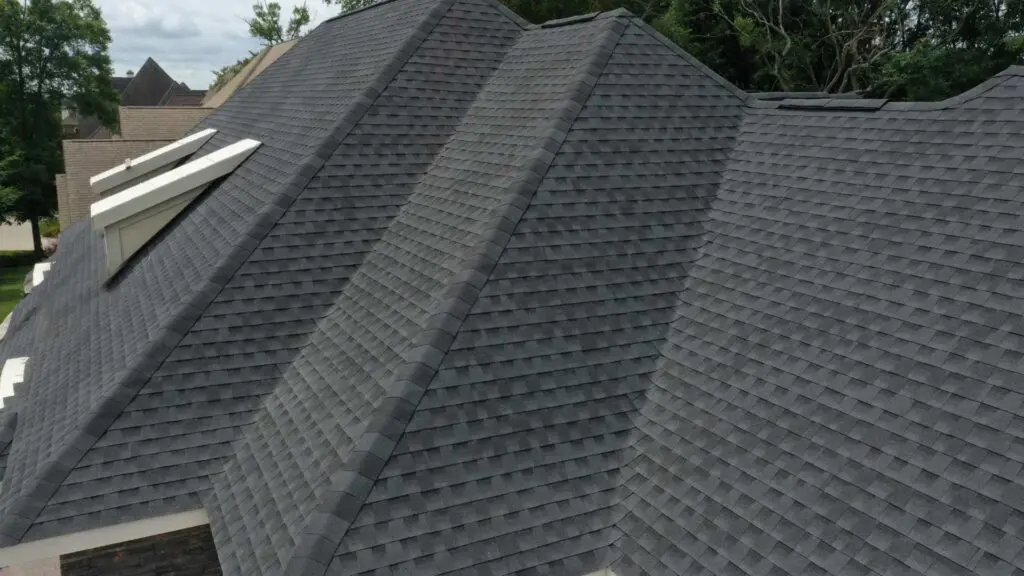
Enhancing Roof Efficiency Beyond Color
When picking the perfect color for your roof, it’s key to think about how it affects energy efficiency. But there’s more to boosting a roof’s efficiency than just its color. With proper ventilation and insulation, you can keep your home at a comfy temperature without using too much power. On top of that, applying special coatings to the roof helps by bouncing back more sunlight and keeping heat from soaking in too much. This way, not only does your house stay cooler but also cuts down on energy consumption.
Insulation and Ventilation: Maximizing Your Roof’s Performance
To get the best out of your roof and save on energy, it’s really important to have good insulation and proper ventilation. With enough insulation, you can keep the heat from moving between your roof and the inside of your house, which helps keep a steady temperature indoors. On top of that, having proper ventilation means air can move in and out easily, stopping too much heat from gathering in the attic. This also takes some pressure off your cooling systems. By combining these two things – insulation and ventilation – you help keep your home at a comfortable temperature without using up too much energy.
The Role of Roof Coatings in Improving Energy Efficiency
Roof coatings are a big help in boosting energy efficiency because they make the roof more reflective. By doing this, they bounce back more sunlight, which cuts down on how much heat gets absorbed and reduces energy use. On top of that, these coatings can add years to your roof’s life by shielding it from UV rays and damage caused by the weather. When picking out a coating for better energy efficiency, it’s key to go for ones with high reflectivity scores and that match well with your roofing material.
Cost Vs. Benefit: Analyzing the Investment in Energy-Efficient Roofing
Putting money into energy-saving roofing might seem expensive at first, but the savings you get in the long run can really pay off. Even though materials and coatings that save energy usually cost more upfront than regular ones, they can help you save a lot on your energy bills as time goes by. These savings can make up for what you spent at the start and bring down costs over time. On top of that, having an energy-efficient roof could also bump up your home’s selling price and help reduce your carbon footprint. When thinking about getting this kind of roofing, it’s key to look at both sides: how much it’ll cost initially versus how much you’ll save later on.
Initial Costs vs. Long-Term Savings
When thinking about roofs that save energy, it’s key to weigh the upfront cost against how much money you’ll save in the long run. Sure, roofs that are good at saving energy might cost more at first, but when you look closely at how they can lower your utility bills and cut down on what you spend for energy as time goes by, they really pay off. By picking a roof that bounces back sunlight and helps keep your house’s temperature steady, you can cut down a lot on your energy costs and make your home more efficient overall. On top of this, having a roof like this means less strain on your HVAC system which could mean spending less on fixing or replacing it later. So even though there’s an initial expense to think about with these kinds of roofs; considering all the savings and benefits for the future shows why investing in an efficient roof is definitely worth it because of its impact on reducing utility bills through better handling of solar radiation leading towards greater overall home efficiency.
Rebates and Incentives for Going Green with Your Roof
Thinking about getting an efficient roof? It’s a good idea to look into the rebates and incentives out there for making your roof more eco-friendly. A lot of times, companies that provide utilities, local government bodies, and various groups have special offers for folks who pick roofing materials and methods that save energy. These deals can really help lower the upfront cost of putting in an efficient roof, making it easier on your wallet. On top of saving some cash on your energy bills over time, choosing this greener path for your roof helps you live a lifestyle that’s better for our planet. By going with materials for roofing that are all about efficiency, you’re doing your part to lessen your carbon footprint and boosting the overall energy savings in where you live.
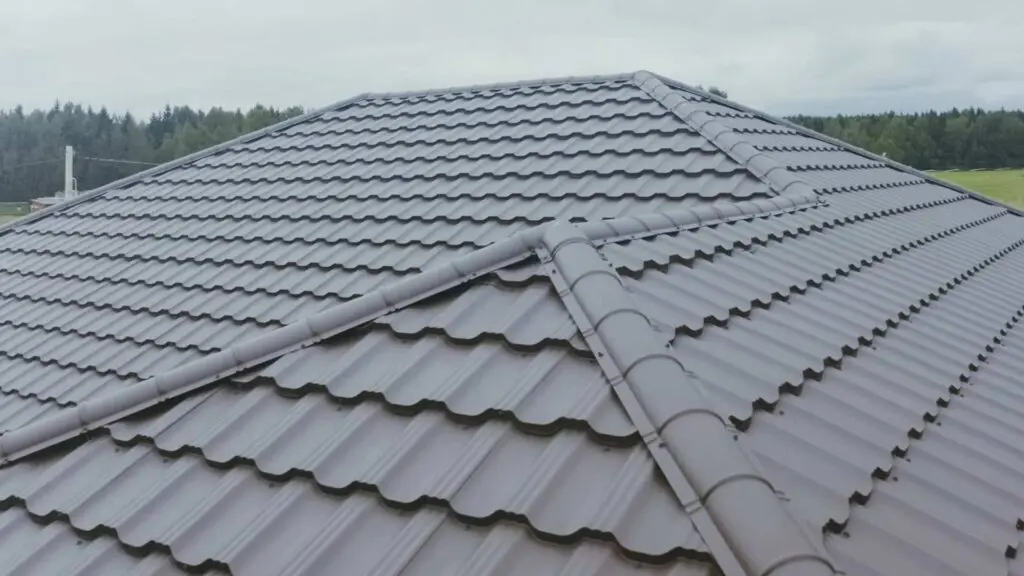
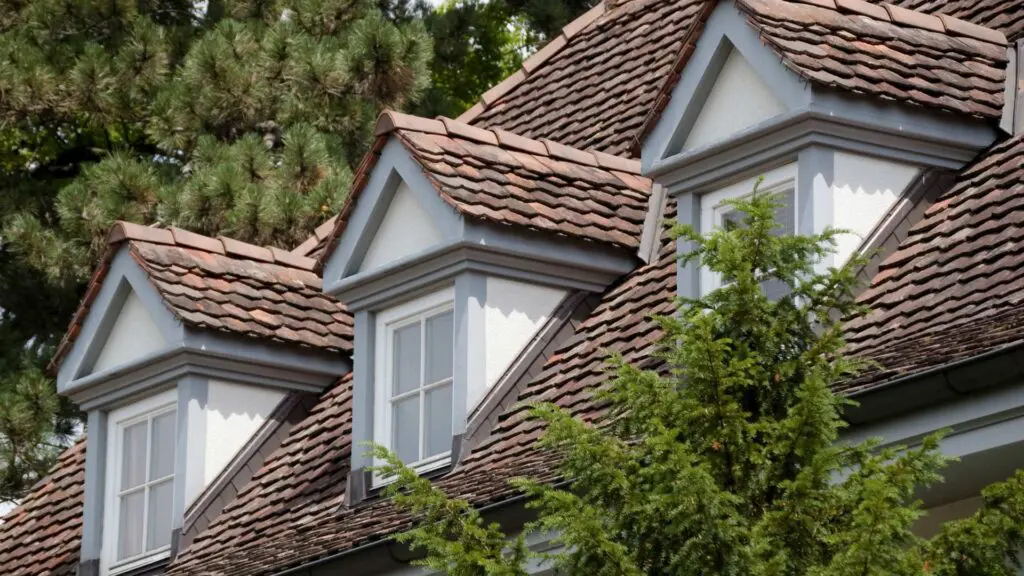
Real-World Impact: How Energy-Efficient Roofs Benefit the Environment
By opting for roofs that are lighter in color, which bounce back sunlight instead of soaking it up, homeowners can play a part in lessening their carbon footprint and fighting climate change. These efficient roofs cut down on the need for energy, leading to fewer greenhouse gas emissions from producing that energy. On top of this, they help cool down cities packed with buildings by reflecting sunlight away. So, when someone decides to install an efficient roof, they’re not just making a smart choice for themselves but also contributing towards a greener planet and tackling issues like the heat island effect seen in crowded urban spaces.
Reducing Carbon Footprint through Smarter Roof Choices
When you pick a roof that’s good at saving energy, one big plus is how much it cuts down on your carbon footprint. What we mean by carbon footprint is the total amount of greenhouse gas emissions caused either directly or indirectly by people, companies, or stuff we use. By going for an efficient roof that bounces back sunlight and doesn’t soak up too much heat, folks can lower the need to crank up the AC or heater in their houses. This drop in needing power means fewer greenhouse gases are getting pumped into our air, which helps fight against climate change. So when homeowners choose smarter roofing options and go for materials and colors that save energy, they’re doing a huge part in shrinking their carbon footprint and helping make tomorrow’s world better.
Enhancing Household Energy Efficiency and Comfort
When you pick a roof that’s good at saving energy, it does more than just help the planet. It makes your home comfier and cuts down on how much energy you use. With an efficient roof, less of the sun’s heat gets into your house because it reflects solar radiation back out. This keeps your place cooler or warmer without having to crank up the heating or air conditioning as much, which means lower bills for using electricity or gas. Plus, these kinds of roofs stop certain areas from getting too hot and keep the temperature steady all day long. So by choosing an efficient roof, not only do you save some cash on energy costs but also make your living space nicer to be in.
Conclusion
Picking the right roof color can really make a difference in how much energy you save and how efficient your home is. By getting to know how heat works, whether it sticks around or bounces off, you can choose smarter and boost your house’s energy game. It’s not just about what looks good; it’s also picking colors that work well with the materials of your roof to up its efficiency. Putting money into an energy-saving roof doesn’t just help keep more cash in your pocket—it’s also a step towards helping our planet. If improving your roof for better energy savings sounds like something you want to do, don’t hesitate to contact Wise Builders Roofing and Renovations! We’re here to offer advice that fits precisely what you need.
Frequently Asked Questions
What is the most energy-efficient roof color for hot climates?
In places where it’s really hot, choosing a white or light-colored roof is the best way to save energy. These lighter shades bounce back more of the sun’s rays and don’t soak up as much heat, which means your house stays cooler. This cuts down on how much you need to use air conditioning. This whole idea is called the albedo effect – it’s when light colors help reflect sunlight and heat away from your home, leading to less energy used and making things more comfortable inside.
Can changing my roof color lower my energy bills?
Switching your roof color to a lighter one can indeed help cut down on your energy bills. By reflecting more solar radiation, these roofs don’t soak up as much heat, keeping your home cooler and less dependent on air conditioning. With this change, you’ll find that over time, the amount of money spent on cooling your house drops thanks to the energy savings achieved.
How does roof color affect the resale value of my home?
Choosing the right roof color can really make a difference when it’s time to sell your house. If you pick a color that goes well with the look of your home, it can boost its curb appeal and even make people think your place is worth more. On top of this, lots of folks are looking for homes that won’t cost them a lot in energy bills. So, having an efficient roof could be just what sets your property apart from others up for sale.
Are there any innovative roofing materials I should consider for energy savings?
For sure, there are some pretty cool roofing materials out there that can help you save on energy. Take solar shingles for example; they turn sunlight into electricity. Then, there’s something called cool roof coatings which bounce back the sun’s rays and keep your house from getting too hot. By talking to a roofing contractor, you can figure out which of these innovative options is the best fit for cutting down your energy use.
